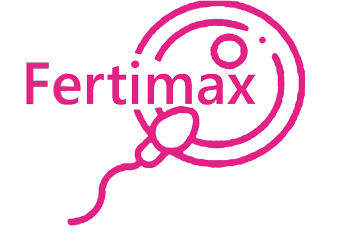How does Ovocyplus™ work ?
| CONTENTS Ovocyplus | Health claims | QUANTITY (mg) for 2 capsules | RDA* for 2 capsules |
|---|---|---|---|
| Vitamin C (ascorbic acid) |
. Vitamin C helps to protect cells against oxidative stress. . Vitamin C increases iron absorption. |
160 mg | 200 % |
| Vitamin E (tocopherol) |
. Vitamin E helps protect cells against oxidative stress | 24 mg EaT | 200 % |
| Folate | . Folate contributes to maternal tissue growth during pregnancy | 200 µg | 100 % |
| VITAMIN B6 | . Vitamin B6 helps to regulate hormonal activity | 2 mg | 142 % |
| VITAMIN B12 | . Vitamin B12 plays a role in the process of cell division | 2,5 µg | 100 % |
| Zinc | . Zinc contributes to healthy reproduction and fertility . Zinc plays a role in the process of cell division. . Zinc contributes to normal synthesis of DNA. |
15 mg | 150 % |
| Iron | . Iron plays a role in the process of cell division | 14 mg | 100 % |
| Magnesium | . Magnesium plays a role in the process of cell division | 300 mg | 80 % |
| Selenium | . Selenium helps protect cells against oxidative stress | 50 µg | 90 % |
| Vitamin D | . Vitamin D plays a role in the process of cell division. | 5 µg | 100 % |
| Manganese | . Manganese helps to protect cells against oxidative stress | 3,5 mg | 175 % |
| Copper | . Copper increases iron absorption . Copper helps protect cells against oxidative stress |
2 mg | 200 % |
* Recommended daily amount of 2 capsules per day.
Box of 60 capsules, 2 capsules per day with a little water. 1 box = 1 month of treatment.
To be taken for 3 months
Ingredients: magnesium oxide, vitamin C, vitamin E (support: silicon dioxide), ferrous sulfate, zinc sulfate, selenium yeast, manganese sulfate, anti caking, vegetable magnesium stearate, vitamin B6, vitamin B12 (carrier: maltodextrin), vitamin D, copper folates, vegetable capsule.
Capsules of plant origin. Ovocyplus ™ does not contain any substance of porcine origin.
The ingredients of Ovocyplus ™ have been authorized by the European Union and scientifically validated by the European Food Safety Authority (EFSA)

In order for a woman to become pregnant, 1 spermatozoon needs to fertilise 1 ovum..
This special event is the result of a natural extremely complicated mechanism. The quality of oocytes represents one of the essential items of this procedure.
Women are born with a total amount of approximately 400 000 ovarian follicles at their disposal.
The oocytes are developped in the follicles.
Once a month, the follicle evacuates 1 oocyte.
During the period of ovulation, the spermatozoa have only 24 hours in order to fertilize the oocyte.
Only one spermatozoon will be able to fertilize the oocyte. It penetrates the protective outer layer of the ovum and prevents any other spermatozoon from entering. The core of the spermatozoon merges with the core of the oocyte forming an ovum.
The chromosomes of each cell have been brought together, determinating gender and genetic features of the future embryon. The created ovum has been divided into several cells and continues to advance to the fallopian tubes in order to arrive on the fourth day in the uterine cavity. The oocyte installs itself in the cervical mucous during the period of implantation.
The process of conception has been terminated, the period of pregnancy starts now.
